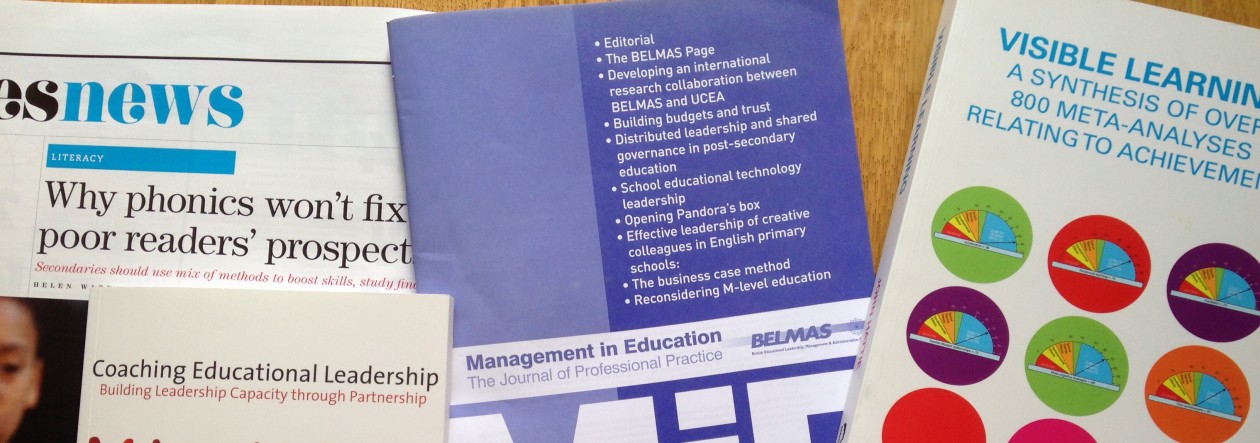 The Education Commission (a global initiative dedicated to greater progress on Sustainable Development ) is helping to create a route for reform and increased investment in education. In this report, it recognises that we need to apply robust evidence and analysis and engaging with world leaders, policymakers and researchers.
The Education Commission (a global initiative dedicated to greater progress on Sustainable Development ) is helping to create a route for reform and increased investment in education. In this report, it recognises that we need to apply robust evidence and analysis and engaging with world leaders, policymakers and researchers.
It has a particular interest in ensuring inclusive and quality education and promoting lifelong learning for all.
The Commission argues that teamwork as a key to educating the world’s children.
It cites existing evidence and innovations from different sectors, including education. It suggests that there needs to be a rethink of how we structure the education workforce. Creating quick responding , ‘collaborative teams and systems’ that respond to our rapidly changing world is seen as a way to equip our young people with the skills they need for the future.
The work centres around three visions:
Vision 1 –
Professionalise teachers (and others with key roles) with appropriate recruitment, training, professional development, career paths, and working conditions to enable them to be effective.
Vision 2 –
Develop collaborative teams focused on improving education outcomes in the classroom, within schools, and at all levels in the system to result in more effective teaching and better support for inclusion, on-the-job learning, and motivation. They suggest that developing these teams does not always mean having to take on new staff , but more considering how best to utilize current colleagues by realigning roles and identifying the areas of greatest need.
Vision 3 –
This sounds intriguing: “Transforming an education system into a learning system,” that will provide ‘paradigm-shifting change’ by harnessing teams to build networks of schools, professionals, and cross-sectoral partnerships that use data and evidence to transform education systems into learning systems that are self-improving and adaptable to change.
There is an admission that “Advancing these visions will depend on the political economy and financial support” (p46).
To give you a flavour of the report, this is copied from p48
“Box 3: Benefits of the learning team approach
• More effective teaching: Planning and teaching in teams; peer collaboration; coaching and mentoring; learning assistants and trainee teachers supporting proven teaching and learning strategies
• More instructional time: Learning assistants and trainee teachers supporting classroom management and routine/administrative activities task shifted to these roles; administrative support and technology
• Greater access to specialist expertise: Identifying gaps in subject and pedagogy expertise and devising solutions to provide needed expertise potentially across schools, harnessing technology where appropriate
• Better support for inclusion: Access to specialist inclusion expertise, classroom support for children with greatest needs, and better links to the community
• On-the-job learning and support: Planning and teaching in teams; peer collaboration; coaching and mentoring
• Improved workforce motivation: More team working, support, development, and variety of career opportunities.”
These are components that can apply across different aspects of a learning institution’s provision.
Details of each part of the process are found in these sections:
6.1 Develop innovative learning configurations to address individual learner needs
6.2 Develop school networks and harness system leaders
6.3 Leverage cross-sectoral partnerships
6.4 Encourage a research and development culture where high impact innovations are identified and scaled
6.5 Key shifts in the education workforce at each level in a learning system.
If this is something that interests you, then have a looks at Chapters 7 and 8
Chapter 7: How to make education workforce reform happen
7.1 Navigating the political economy of workforce reforms
7.2 Planning, costing, and financing the education workforce
Chapter 8: Agenda for action
8.1 Call to action for policymakers and the education workforce
8.2 Call to action for international actors.


You must be logged in to post a comment.